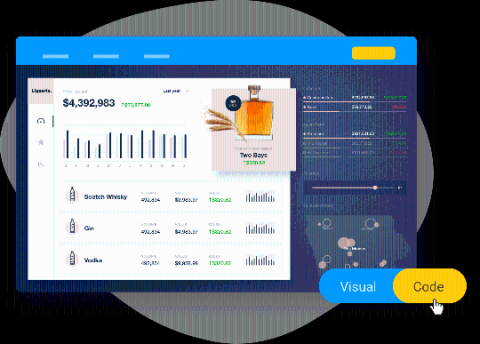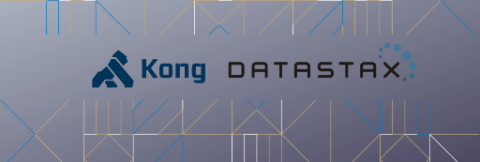Machine learning in production: Human error is inevitable, here's how to prepare.
You did it. You have machine learning capabilities up and running in your organization. Success! What started as a few nascent experiments (and maybe a few failures) are now carefully constructed models racing along in full production—with the ability to scale into the hundreds or thousands of productional models in sight. Assembling your expert team of data scientists and custodians seems like a distant memory. Now you’re looking ahead to the future—growth, innovation, revenue!










